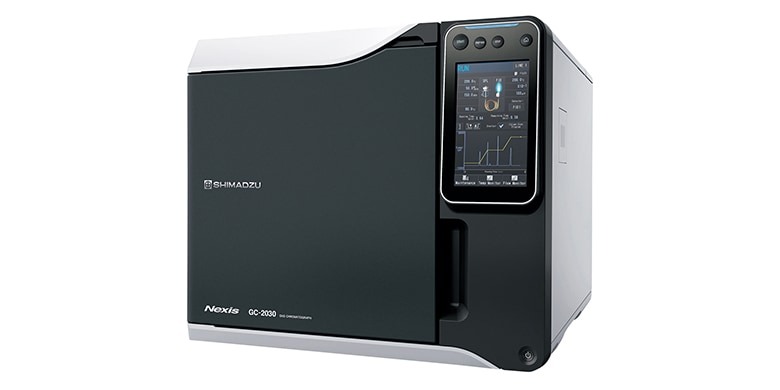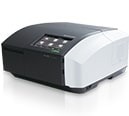Shimadzu stands for quality, also in its anniversary gin

Figure 1: Selection of high-quality gins
Methanol and fusel alcohols, often referred to as fusel oils, are alcohols produced during the fermentation of alcoholic beverages (Figure 1). While they are typically present in small quantities, their impact on the quality of the drink and the severity of hangovers can be significant. Unlike ethanol, which is the primary alcohol in most beverages, fusel alcohol includes compounds such as propanol, butanol, and amyl alcohol. These substances can contribute to the unpleasant symptoms associated with hangovers, including headaches, nausea, and fatigue, making it essential to understand their effects on the body.
How Fusel Alcohols Worsen Hangovers
The way fusel alcohols contribute to post-drinking hangover symptoms is multifaceted. For one, they are more toxic than ethanol, and their presence can intensify the negative effects of alcohol consumption. When the body metabolizes these higher alcohols, it produces toxic byproducts that can lead to inflammation and oxidative stress, both of which are known to exacerbate hangover experiences (Figure 2). Furthermore, fusel alcohol can disrupt the delicate balance of neurotransmitters in the brain, resulting in mood disturbances and cognitive impairments that linger long after the drinking has stopped.

Figure 2: Metabolomic pathway
Reducing Fusel Alcohols for Safer Drinking
To mitigate the negative impact of fusel alcohols, consumers can adopt certain strategies that promote healthier drinking habits. One effective approach is to choose beverages that are known to have lower fusel alcohol content. For instance, clear spirits like vodka and gin generally contain fewer fusel alcohols compared to darker liquors such as whiskey and rum. Additionally, selecting high-quality brands that utilize thorough distillation processes can lead to a purer product with fewer impurities. Being mindful of labels and opting for distilled beverages with specified fusel alcohol content can further guide consumers toward better choices.
The testing for fusel alcohols is a standardized test, which is essential in the beverage and fermentation industry to ensure product quality and safety. These tests typically involve gas chromatography, which allows for the separation and quantification of various fusel alcohols, such as isoamyl alcohol and isobutanol, present in fermented beverages (Figure 3). But also, UV analysis can be employed to determine the methanol. By establishing a standardized method, laboratories can consistently measure the concentration of these alcohols, which are produced during fermentation and can influence the flavor and aroma of the final product. Regulatory bodies often set maximum allowable limits for fusel alcohols to prevent adverse effects on consumer health and product quality, making these tests crucial for compliance and quality assurance in alcoholic beverages.

Figure 3: GC chromatogram of a standard mix of fusel alcohols (GC2030 with FID detector)
Shimadzu’s Anniversary Gin: Low Methanol, Fewer Hangovers
In the case for the Shimadzu’s 150-year anniversary gin both the gas-chromatographic analysis and the UV analysis show a very low methanol concentration. For the UV analysis, the methanol is so low, that it cannot be detected. In the spectrum of the sample a methanol band cannot be seen around 250 nm. The GC-analysis shows with only 3.6 ppm and the other fusel alcohols are below the detection point below 2.5 ppm (Figure 4). This means that the 150-year anniversary gin easily passes the EU regulations for spirits, according to which it is only allowed to have a methanol concentration below 1000 ppm. The very low concentration also means that after consumption of Shimadzu’s 150-year anniversary gin bad after-effects such as hangover can be mitigated, although not always avoided as hangovers can be caused by multiple factors.
-

Figure 4: GC chromatogram of a of the 150-year anniversary gin (GC2030 with FID detector)
-

Figure 5: UV analysis of methanol in ethanol (UV-1900i).
Conclusion
Methanol and fusel alcohols significantly influence the hangover experience due to their toxic nature and effects on the body. By understanding their role and making informed choices—such as selecting lower-fusel-alcohol and high-quality (e.g., Shimadzu’s 150-year anniversary gin) beverages, drinking in moderation, and staying hydrated—individuals can effectively reduce their risk of experiencing severe hangovers. Ultimately, being mindful of alcohol consumption and adopting healthier drinking habits can lead to a more enjoyable and less painful experience, allowing individuals to savor their drinks without the dreaded aftermath. As we celebrate Shimadzu’s 150 years of craftsmanship and innovation, let us also look forward to the next 150 years of enjoying fine beverages responsibly. So, as we raise our glasses, let us toast to responsible drinking and the joy of good company—kanpai!




